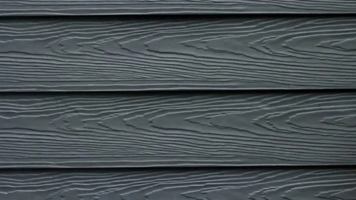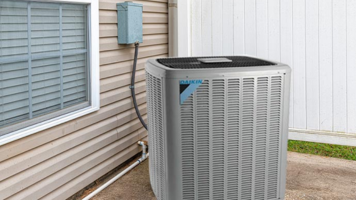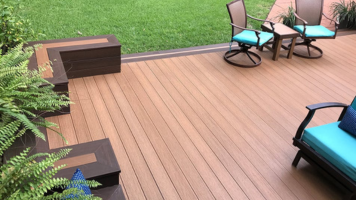Premier Home Improvement Services in Western Washington
At EVERGREEN HOME PRO, we provide a full range of exterior remodeling services throughout Seattle, Tacoma, Kent, and all of Western Washington. From durable siding and reliable roofing to energy-efficient windows and modern HVAC systems, our licensed and insured team delivers exceptional quality. Whether you're enhancing your outdoor space with patio covers and decking or upgrading your home's efficiency, we're your trusted local experts. Discover the difference of working with a company that values efficiency, craftsmanship, and customer satisfaction at every step.
Why Choose Evergreen Home Pro?
Certified, Licensed & Fully Insured
Our expert team is fully certified and accredited by leading industry organizations, bringing you peace of mind with every project. We hold certifications from the Vinyl Siding Institute (VSI) and GAF for roofing, and we are trained and authorized by Alside for premium window installations. Evergreen Home Pro is fully licensed, bonded, and insured in Washington State under LIC# EVERGEE771C1, ensuring we meet all state requirements to protect you and your property throughout every step of your project.



Expert Home Improvement Services in Western Washington
We provide a comprehensive range of exterior remodeling services throughout Seattle, Tacoma, Kent, and surrounding areas to enhance your home's beauty, efficiency, and value. Licensed, bonded, and insured for your peace of mind.
Direct Savings and Unbeatable Value

At Evergreen Home Pro, we're the trusted installers for big retailers, handling their home improvement projects with the expertise they rely on. By choosing us directly, you cut out the middleman, avoid retailer markups, and save significantly on your project costs.
Why You Get Better Pricing:
The same team trusted by big retailers handles your project.
Skip the retailer fees and work directly with us.
Direct pricing means significant savings for you.
No hidden costs or inflated quotes.
What Our Customers Say
Real reviews from real customers who trust Evergreen Home Pro




"Evergreen Home Pro installed Hardie siding on my newly built shop. The entire process from the first phone call thru the finished job was great. The crew came at the planned time, worked continuously until the job was finished. All the crew were professional, did an amazing job and cleaned up after themselves. I recommend Evergreen Home Pro for your project."
"Evergreen was very responsive. They arrived on time and provided a good clear estimate. The project came in at the price quoted (no surprises). I chose to go with them and was not disappointed with the quality of the windows and the installation crew was great. The lead installer (Ray) showed pride in his and his crew's workmanship. Ray also took time to explain how the installation was done and what to expect. The crew was polite and professional. The interior of the house and outside property were cleaned before they left. The windows fit real well and look good on the house. If there was a downside it would be that the windows took 6 weeks to be manufactured. I however believe quality windows are worth waiting for so it was not an issue for me. So, if you want fast and cheap these are not your guys. I would use them again."
"Amazing products. I appreciated that they took the time to educate me. It was a quality install. Highly recommend them."
Get Your Free Estimate
Professional consultation and detailed quote for your home improvement project

Request Your Free Estimate
Fill out the form below and we'll contact you to schedule your consultation





